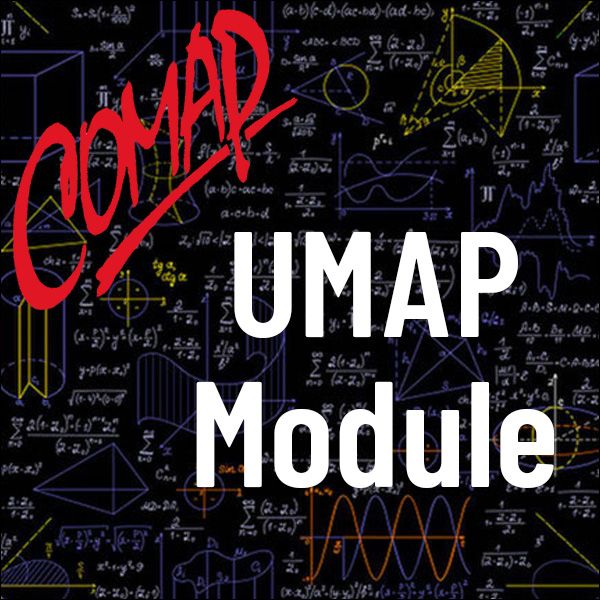Cards, Codes, and Kangaroos (UMAP)
Author: Lindsey R. Bosko-Dunbar
PREREQUISITES
Cyclic groups, generators, modular arithmetic, matrix inverses, modular arithmetic and factoring functions for a computer algebra system(e.g., for Maple, the functions mod and ifactor, if-then statements and for-loops in programming in such a system, expected value, and standard results about Markov chains (transient and absorbing states, canonical form of the transition matrix, and the fundamental matrix).
ABSTRACT
The Kruskal Count is a card trick invented by mathematician (not magician) Martin Kruskal. The mathematics of the trick illustrates Pollard's kangaroo method, which was designed to solve the discrete logarithm problem: Given a finite cyclic group, G = hgi, and X 2 G, find x 2 Z such that gx = X. In this Module, we demonstrate the card trick and in revealing its secret, we uncover connections to the discrete logarithm problem, cryptography, andMarkov chains.
Table of Contents
1. INTRODUCTION
2. A CARD TRICK
3. CRYPTOGRAPHY
3.1 Ciphertext
3.2 Diffie-Hellman Key Exchange Protocol
3.3 ElGamal Cryptosystem
4. POLLARD'S KANGAROOMETHOD FOR THE DLP
4.1 Jumping Kangaroos
4.2 Analysis of Pollard's Kangaroo Method
4.3 Hash Functions
4.4 The Secret
5. MARKOV CHAINS
5.1 Results about Markov Chains
6. A SIMPLIFIED KRUSKAL COUNT AS A MARKOV PROCESS
7. THE KRUSKAL COUNT
7.1 How to Increase the Chance of the Trick's Success
7.2 Estimating the Chance of Success
8. OTHER RESULTS AND OPEN PROBLEMS
9. CONCLUSION
10.ANSWERS TO EXERCISES
11. APPENDIX A: COMPUTER CODE
12.APPENDIX B: CONTINUATION OF PROOF REFERENCES
ACKNOWLEDGMENTS
ABOUT THE AUTHOR

Mathematics Topics:
Application Areas:
Prerequisites:
You must have a Full Membership to download this resource.
If you're already a member, login here.